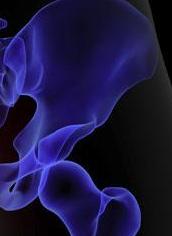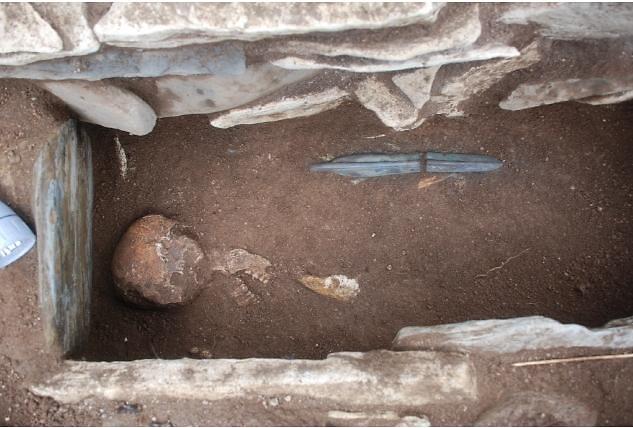
Modern humans have a relatively "lightly" built skeleton, compared with those of chimpanzees and extinct human species, and a new study released Monday said that may have resulted from a reduction in mobility and activity levels due to a shift from foraging to non-foraging lifestyles after the start of the Holocene about 12,000 years ago.
Researchers from the American Museum of Natural History and other research institutes examined the density of trabecular, or " spongy," bone of the limb joints in modern humans and chimpanzees, as well as in fossils of extinct human species spanning several million years.The study found that the upper and lower limbs of recent modern humans are "lightly" built, compared with those of modern nonhuman primates, pre-Holocene modern humans, and extinct human species.
The "lightly" built skeletons of modern humans evolved late in evolutionary history, and the decrease in bone density was more marked in lower limbs than in upper limbs, suggesting a link between bone density and changes in mobility.
The researchers attributed the dramatic decrease in bone density to a shift from a foraging lifestyle to a sedentary agricultural one after the start of the Holocene.
"Much to our surprise, throughout our deep past, we see that our human ancestors and relatives, who lived in natural settings, had very dense bone. And even early members of our species, going back 20,000 years or so, had bone that was about as dense as seen in other modern species," said Brian Richmond, an author of the study, who is also curator in the American Museum of Natural History's Division of Anthropology and a research professor at George Washington University.
"But this density drastically drops off in more recent times, when we started to use agricultural tools to grow food and settle in one place."
The research provided an anthropological context to modern bone conditions like osteoporosis, a bone-weakening disorder that may be more prevalent in contemporary populations due partly to low levels of walking activity.
"Over the vast majority of human prehistory, our ancestors engaged in far more activity over longer distances than we do today," Richmond said. "We cannot fully understand human health today without knowing how our bodies evolved to work in the past, so it is important to understand how our skeletons evolved within the context of those high levels of activity."
The findings were published in the U.S. Proceedings of the National Academy of Sciences.
By Ruchi Singh



